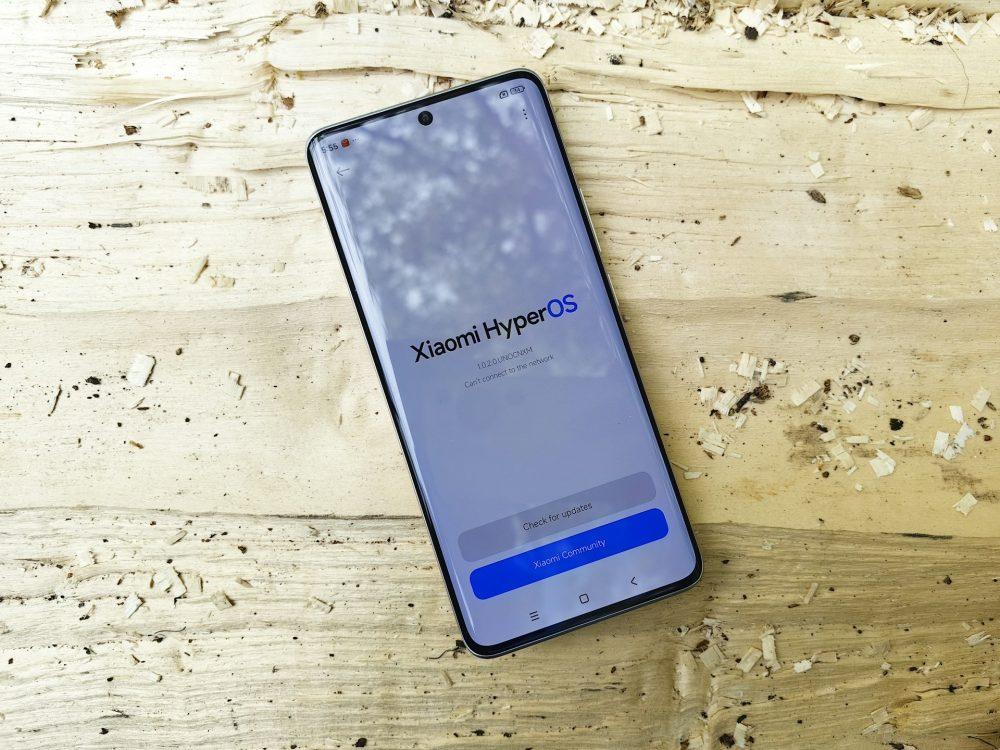Generic System Image, which is also known as GSI has been quite popular after it’s first appearance with the Android 9. What is GSI? And what is GSI used for exactly? These are the questions that will be answered in this content.
What is GSI?
Generic System Image (GSI) is a special type of system image that Android uses to install the Android operating system on to a device. It is a packaged set of files that contains the Android operating system, along with system images for all the different devices that the Android operating system supports. This allows for a centralized management of all the different system images that are needed to install and boot Android on different types of devices.
What is GSI used for?
GSI was first introduced with Android 9 update and it stands for Generic System Image. It is meant to make the new updates easier to roll for OEMs. On top of making them easier, it also gave birth to new ways to flash custom ROMs, which is now known to be Project Treble. Technically, all devices that were released with Android 9 or higher automatically support it. However, there are also older devices that this project was ported to and they also support it. If you are unsure or do not know whether your device supports it or not, you can check it out via Treble Info or any similar app.
Benefits of GSIs are:
- Easier to make
- ROM diversity
- Wide range of device compatibility
- Easily distributable updates
- Longer Android update support for devices that are abandoned by their OEMs (unofficially)
What is the difference between GSI and Custom ROM
First and foremost difference to come to mind is that custom ROMs are quite device specific, meaning you cannot flash them on a device that it was not designed for whereas GSIs are configured to be compatible with a much larger device range. Since custom ROMs are device specific, they will tend to be less buggy relative to GSIs, as it only needs to be debugged for one device. GSIs are and will continue to be more diverse as they are much easier make compared to custom ROMs.
Installation of GSIs
To install a GSI image, people usually first flashes a ROM specific to their device and after that, they flash the GSI image, wipe data, cache, dalvik cache, reboot and be done with it. Of course at the top of the list, you have to have a Treble supported recovery. However it is not always as that easy. Some devices may have a complicated installation process.
More often than not, the installation process varies depending on the device, therefore you need to ask about it in your device community to get clear instructions. If you are determined to flash a GSI on your device, we strongly suggest you check out the Most Popular Custom ROMs for Xiaomi Devices content before deciding on which one to flash!






